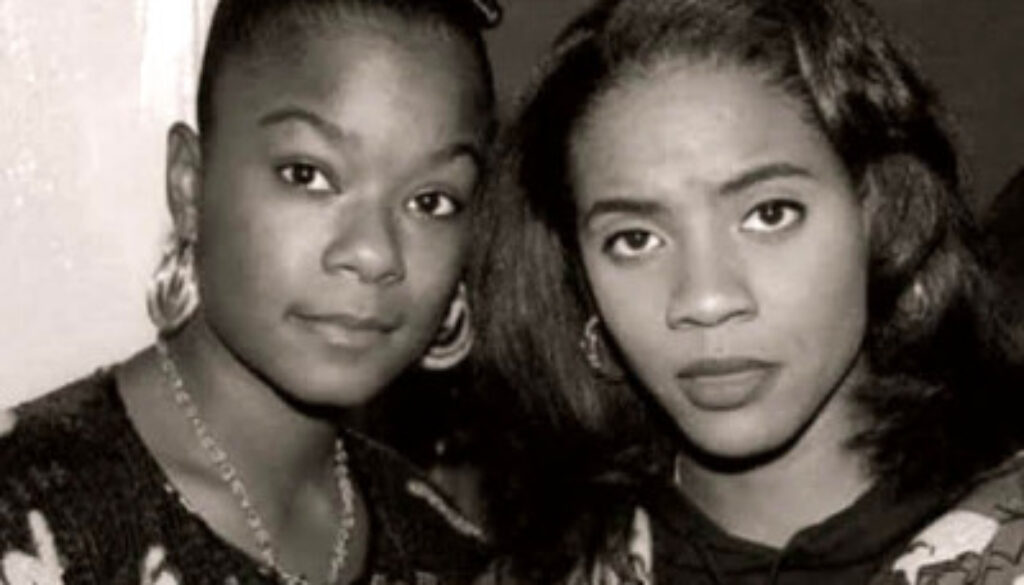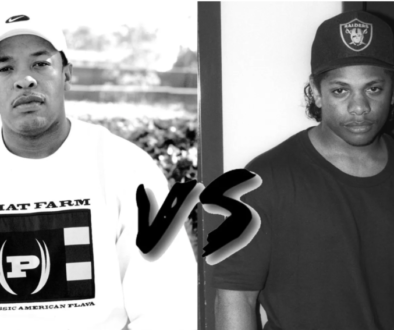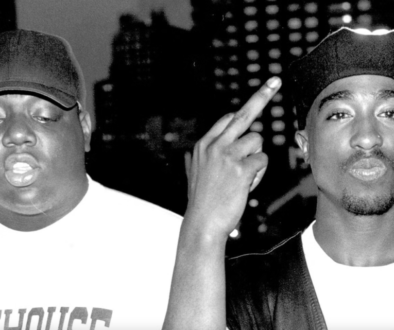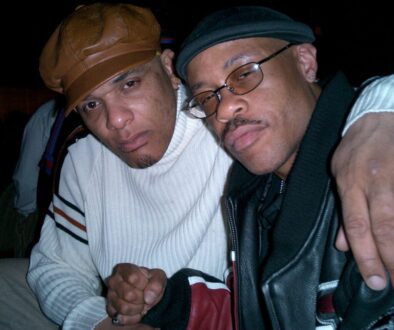The Roxanne Wars- A Clash of Lyrical Titans
In the glamorous yet gritty world of hip-hop, few rivalries have been as entertaining and dramatic as the infamous Roxanne Wars. This saga was not just a clash of lyrical titans but a battle that reflected the burgeoning tensions between the East Coast and West Coast hip-hop scenes. At the heart of this legendary feud were two fierce and fabulous women: Roxanne Shante of the East Coast’s Juice Crew and The Real Roxanne, a figure tied to the West Coast scene. Their beef, revolving around UTFO’s hit “Roxanne, Roxanne,” turned into a soap opera of diss tracks and public spats that kept the hip-hop community buzzing.
The Spark That Ignited the Fire
It all began innocently enough with UTFO’s 1984 single “Roxanne, Roxanne,” a catchy tune about a girl named Roxanne who rebuffs the group’s romantic advances. Little did they know, this track would spark one of the most talked-about beefs in hip-hop history. Enter Roxanne Shante, a teenage prodigy from Queensbridge, New York, who seized the moment with her sharp, witty response track “Roxanne’s Revenge.” Produced by Marley Marl, this song was an instant hit, showcasing Shante’s fierce lyrical skills and setting the stage for a full-blown feud.
Enter The Real Roxanne
Not to be outdone, UTFO retaliated by introducing their own Roxanne—the so-called “Real Roxanne,” played by another artist initially before being taken over by the Puerto Rican bombshell, Adelaida Martinez. The Real Roxanne’s tracks, like “The Real Roxanne” and “Roxanne’s a Man (The Untold Story),” aimed to discredit Roxanne Shante and claim the Roxanne throne for herself. Though associated with the East Coast crew, The Real Roxanne’s style and persona had a flair that resonated with the West Coast vibe, adding another layer to this regional rivalry.
Diss Tracks and Drama
The diss tracks flew back and forth like daggers. Roxanne Shante was relentless, using her raw talent and street-smart lyrics to tear down her rival. Her follow-up tracks like “Queen of Rox” and “Bite This” were biting, direct, and unapologetically bold. The Real Roxanne, with her sultry voice and sassy comebacks, wasn’t one to back down either. Her tracks added a playful yet defiant tone to the feud, making it clear that she wasn’t just a puppet for UTFO but a formidable artist in her own right.
Beyond the Music
But this feud wasn’t confined to wax; it spilled over into the public eye, with fans and critics alike taking sides. The hip-hop community was divided, with some praising Shante’s originality and others siding with The Real Roxanne’s polished style. The media fanned the flames, eagerly reporting on every new development, every lyrical jab, and every public appearance.
The Roxanne Wars also had a significant impact on the perception of women in hip-hop. At a time when the genre was overwhelmingly male-dominated, these two women carved out a space for themselves through sheer talent and tenacity. They proved that female MCs could not only hold their own but could also drive some of the most compelling and memorable conflicts in the industry.
Legacy of the Feud
The Roxanne Wars may have started as a simple case of musical one-upmanship, but they left a lasting legacy in hip-hop. The feud highlighted the competitive nature of the genre and underscored the growing regional tensions that would later explode into the full-blown East Coast-West Coast rivalry of the 1990s. More importantly, it paved the way for future generations of female MCs, showing that women could be just as fierce, talented, and influential as their male counterparts.
In the end, the Roxanne Wars were more than just a series of diss tracks—they were a cultural phenomenon. Roxanne Shante and The Real Roxanne turned a simple song into a legendary feud, captivating the hip-hop world and proving that in the rap game, it’s not just about where you’re from, but how you play the game. And play they did, leaving an indelible mark on the history of hip-hop and the hearts of fans forever.



